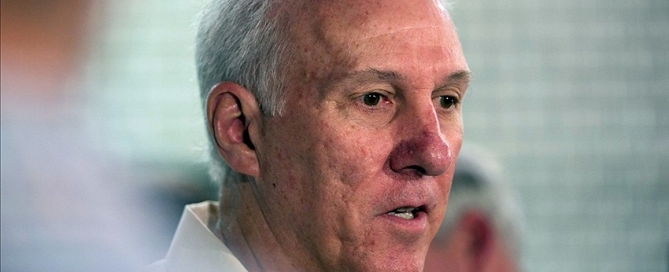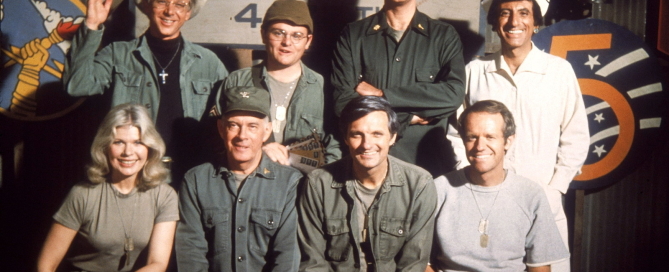You sell with drive and rightly so. But do you sell with heart? I pose this question in the final chapter of my new book, Changing the Sales Conversation. In that chapter I explore the difference between being client-centered and human-centered and why selling with heart and establishing trust are major differentiators today as knowledge becomes commoditized.
They say that there is a continuum from data to information to knowledge to wisdom. Where is your customer along this spectrum? Where are you? Any client can go to the internet and get infinite amounts of data. In this environment it is easy to think that that data rules buying decisions. But every sales decision is determined by emotions too. How attuned are you to the emotional side, the “heart” side of selling? If you are not you are missing an essential way to maximize your expertise.
I am a dedicated fan of the cultural commentator David Brooks. In his New York Times February 4th column he explored how we are heading into an age of brilliant technology in which computers can fill in for people, whether it is driving our cars or beating human pros at chess …
Brooks is not alone in sounding this warning. Jaron Lanier of Microsoft has written two books about it – You Are Not a Gadget and Who Owns the Future? Erik Brynjolfsson and AndrewMcAfee of the Massachusetts Institute of Technology tell us that computers will increasingly perform important parts of even most cognitive jobs, which will make certain human mental skills less important. We are seeing this happening in sales where knowledge has become a commodity and insights are on the agenda of sales organizations. We know that we must bring insights and produce business outcomes to create value for clients and move them to buy. But what else is needed to start or build the relationship and win the sale?
David Brooks has identified five human traits that he believes will be rewarded in what he calls “the age of brilliant machines”:
Enthusiasm (voracious explanatory drive to make sense out of bottomless oceans of information)
Extended time horizons and strategic discipline ( ability to provide a conceptual frame to give a broader context—a computer can calculate a thousand options but only a person can do this)
Procedural architecture (creating systems in which people can share ideas, i.e. Facebook rather than coming up with ideas themselves)
Collaborative management (organizing a decentralized network)
Creativity ( grasping the essence of one thing and then the essence of something very different and smashing them together to create something very different –a computer can’t do this).
In an IBM survey of 1,500 executives creativity was identified as the factor most crucial for success. For the past two years the word creative has been the most frequently used buzzword in LinkedIn profiles. Rapidly changing content knowledge is easily accessed. While a computer can feed creativity, a computer can’t be creative.
What I find most significant for those of us in sales is David Brooks’ conclusion that all of the above traits are dependent on emotive traits. He states that is the emotive traits that separate humans from computers and therefore will be rewarded and valued in the world of the “brilliant machine” and “that while humans cannot compete with computers in data and calculations, the best workers will come with heart in hand.”
“Heart in hand” has important implications for our profession and how each of us sell. Selling with heart is a way to connect with clients in meaningful way. It is the key to going beyond being client-centered to human-centered. It is a key to building trust.
The word trust may not appear on clients’ score cards as they make buying decisions but trust is the constant factor in every decision to buy or not buy. Research by Robert Putman, Professor of Public Policy at Harvard documents the decline in trust over the past 50 years. The question is what are you doing every day with every client to build the trust you need early in the sale to help clients make their buy decisions.
Certainly by delivering on a promise you build trust but that often takes place after the sale. The goal is to build trust earlier and to build it at a deeper level. I see a solid connection between building trust and selling with heart. To sell with heart, to build trust, ask yourself if you:
Respect your client’s time.
Respect your client’s knowledge.
Tolerate differing points of view.
Change your perception when appropriate.
Give first by doing something you don’t get paid for.
Be a giver—always be on the look out for ways to create value.
Learn about the client outside of business—children’s names, interests.
Bring expertise to add to what your client knows.
Create value for your clients.
Take the extra step.
Respond with empathy.
Let yourself be vulnerable—share information about yourself, acknowledge if you don’t know something (get the answer ASAP).
Show you care—express feelings of enthusiasm, concern
Trust is built in smaller moments; it is rarely in a heroic act. One negative incident can eradicate trust. Salespeople who sell with heart invest more in their relationships.
Unfortunately there are two major obstacles to selling with heart: 1) the temptation to take for granted that you are already selling with heart and, therefore, not making the conscious effort it can require and 2) the mistaken view that “relationship selling” is a thing of the past. Of course you must bring value that helps clients grow their business but when delivered with heart you create a connection with clients that is unbeatable.





















